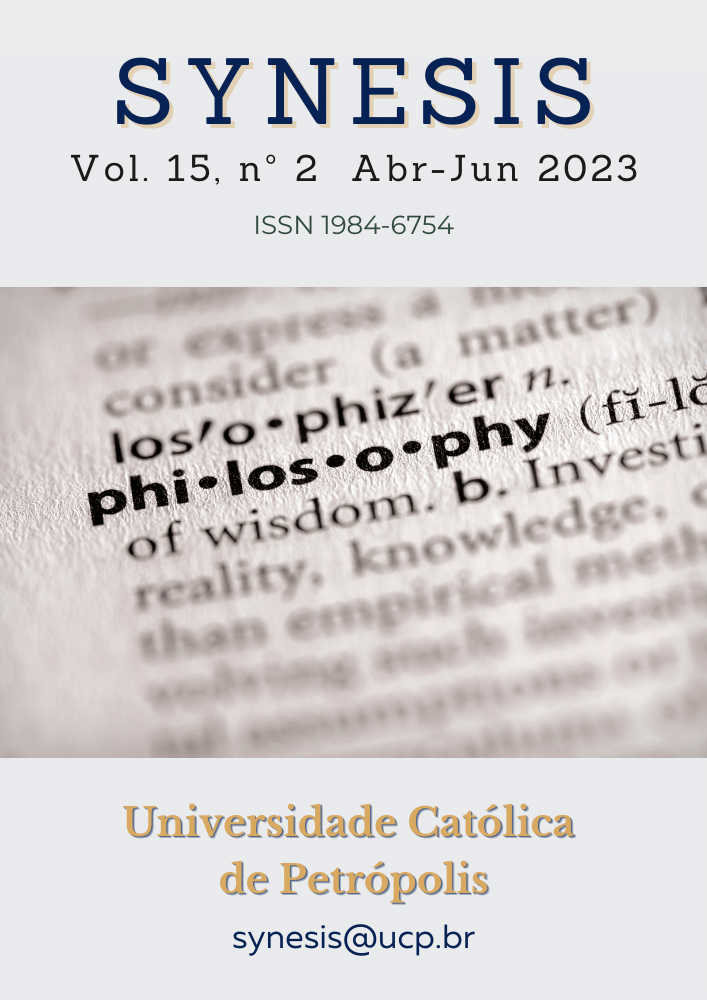Abstract
The purpose of this study was to ascertain the origins of trousers, and to present a range of theories posited in this regard. To achieve this goal, multiple research methods were employed, including historical analysis, comparative inquiry, generalization, survey, conceptual elucidation, and observational investigation. It has been substantiated that the genesis of trousers can be attributed to the Turkic peoples, who facilitated its transmission to the wider world. Through an appraisal of archaeological artifacts and museum collections, a comparative analysis has been conducted, validating that the original prototype of trousers was employed without interruption until the mid-twentieth century. This research has unveiled the antique terminologies employed to refer to trousers within Turkic societies. By delineating the diversity of forms and varieties of trousers, a novel perspective on its genesis has been articulated and documented in the manuscript.
References
Abdulova, G. (2015). Azərbaycanın ənənəvi qadın geyim və bəzəklərinə dair [On traditional women's clothes and decorations of Azerbaijan]. Transactions National Academy of Sciences of Azerbaijan (series of social sciences), 4, 88-109.
Ağayeva, K. (2017). Qafqazda gender məsələləri [Gender issues in the Caucasus]. Baku: Elm və təhsil.
Ana Britannica. (1986). Cilt 3. İstanbul: Ana Yayıncılık.
Arslaner, Ç. (2007). Türk giyim kültüründe pantalonun gelişimi. Retrieved from http://www.hbektas.gazi.edu.tr/dergi/kearmagan/araslaner.htm-367k
Ayhan, F. (2013). Türk giyim kültüründe pantalón [Trousers in Turkish clothing]. Akademik Bakış Dergisi, 39, 1-21.
Bower, B. (2014, May 30). First pants worn by horse riders 3,000 years ago. Science News. Retrieved from https://www.sciencenews.org/article/first-pants-worn-horse-riders-3000-years-ago
Castronova, F. V. (Ed.). (1999). Reference library of Arab America: Countries & ethnic groups, Kuwait to United Arab Emirates. Detroit: Gale Group.
Crane, D. (2000). Fashion and its social agendas: Class, gender and identity in clothing. Chicago: The University of Chicago Press.
Dünyamalıyeva, S. (2013). Azərbaycan geyimlərinin bədii-dekorativ xüsusiyyətləri [Artistic and decorative features of Azerbaijani clothing]. Baku: Elm.
Eberhard, W. (2002). Eski Çin kültürü ve Türkler [Ancient Chinese culture and Turks]. In Türkler (Vol. 1, pp. 792-801). Ankara: Yeni Turkiye Yayinlari.
Eberle, H., Gonser, E., Hermeling, H., Hornberger, M., Kilgus, R., Kupke, R., Menzer, D., Moll, A., & Ring, W. (2008). Clothing technology. Ostfildern: Verlag Europa Lehrmittel.
Gavenas, M. L. (2008). The Fairchild encyclopaedia of menswear. New York: Fairchild Books.
Jirousek, C. (2005). Islamic clothing. In Encyclopedia of Islam. New York: Macmillan Pub.
Kaşğari, M. (2006). Divani-lüğət-it-türk (Vol. 4, Pt. 1). Baku: Ozan.
King & Allen. (n.d.). A brief history of trousers. Retrieved from https://kingandallen.co.uk/a-brief-history-of-trousers/
Kitabi-Dede Korkud Ensiklopedisi. (2000). In 2 vols. Vol. II. Baku: Yeni Nəşr Evi.
Koçu, R. E. (1996). Türk giyim kuşam ve süslenme sözlüğü [Turkish clothing and ornament dictionary]. Ankara
Mayor, A. (2014). Who invented trousers? Natural History, 122(8), 28-33.
Miller, L. R. (1998). Turkey: Between East and West. Tarrytown: Benchmark Books.
Mustafayev, A. (2009). Azərbaycanın maddi mədəniyyət tarixi [Material culture history of Azerbaijan]. Baku: Baku State University.
Ögel, B. (1978). Türk kültür tarihine giris [Introduction to Turkish cultural history]. Ankara: Kültür Bakanlığı.
Open India. (n.d.). Retrieved from https://indiada.ru/fakty-ob-indii
Peres, D. (2007). Details men's style manual. London: Gotham Books.
Persian Dictionary. (n.d.). Retrieved from http://www.easypersian.com/persian-dictionary/
Roslavtseva, L. I. (2000). Clothing of the Crimean Tatars in the late 18th and early 20th centuries. Moscow: Nauka.
Rudenko, S. I. (1962). The Huns culture and the Noinulin mounds. Moscow; Leningrad: Academy of Sciences of the USSR Publishing House.
Russian-Kazakh Dictionary. (n.d.). Retrieved from https://sozdik.kz/ru/dictionary/translate/ru/kk
Russian-Kyrgyz Dictionary. (n.d.). Retrieved from https://sahifa.tj/russko_kirgizskij.aspx
Russian-Tatar Translator and Dictionary. (n.d.). Retrieved from http://russian-tatar.ru/default.aspx?slovo
Russian-Turkmen Online Dictionary. (n.d.). Retrieved from http://www.translatos.com/ru/ru-tm/
Russian-Uzbek Dictionary. (2022). Retrieved from https://sahifa.tj/russko_uzbekskij.aspx
Russian-Yakut Dictionary. (n.d.). Retrieved from https://sakhatyla.ru/translate?
Schneider, D. (1975). Travellers guide: Turkey. London: Jonatan Cape.
Tek, R. (2016). Dîvânu Lugâti’t Türk’te Giyim Kuşam Kültürü ile İlgili Kelimeler. The Journal of Academic Social Science Studies, Elazig, 50, 261-271.
Tezcan, M. (2007). Türk ailesi antropolojisi [Anthropology of Turkish family]. Ankara: İmge Kitabevi Yayınları.
Thunem, H. (2022, February 17). Viking men: Trousers and breeches. Retrieved from https://urd.priv.no/viking/bukser.html
Vəliyev, F. (2007). Geyimlər və bəzəklər [Clothes and decorations]. In Azərbaycan etnoqrafiyası, 3 cilddə. II cild [Ethnography of Azerbaijan. In three vols. Vol. II] (pp. 83-158). Baku: Şərq-Qərb.
Zik, H. (2002). Giysi tasarımı – Pantolon [Clothing design - Pants]. İstanbul: Yapa Yayınlari.

This work is licensed under a Creative Commons Attribution-NonCommercial-NoDerivatives 4.0 International License.
Copyright (c) 2023 Synesis (ISSN 1984-6754)
